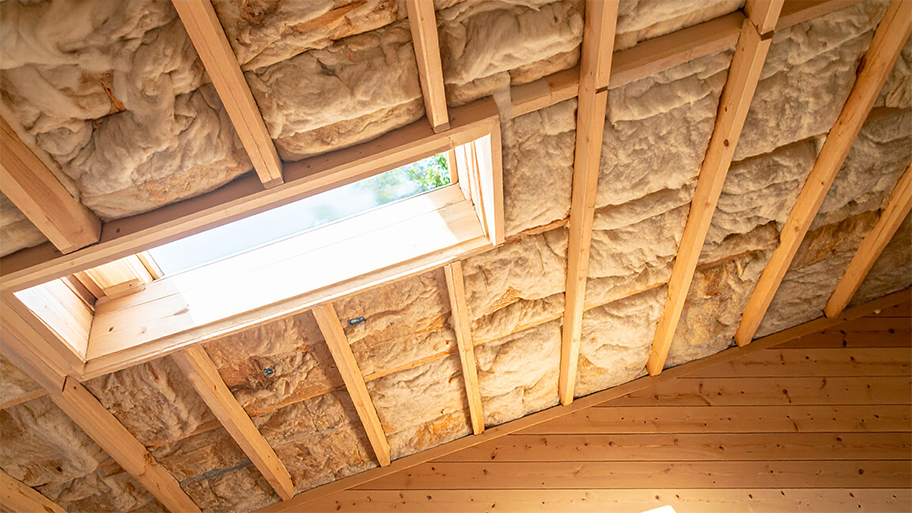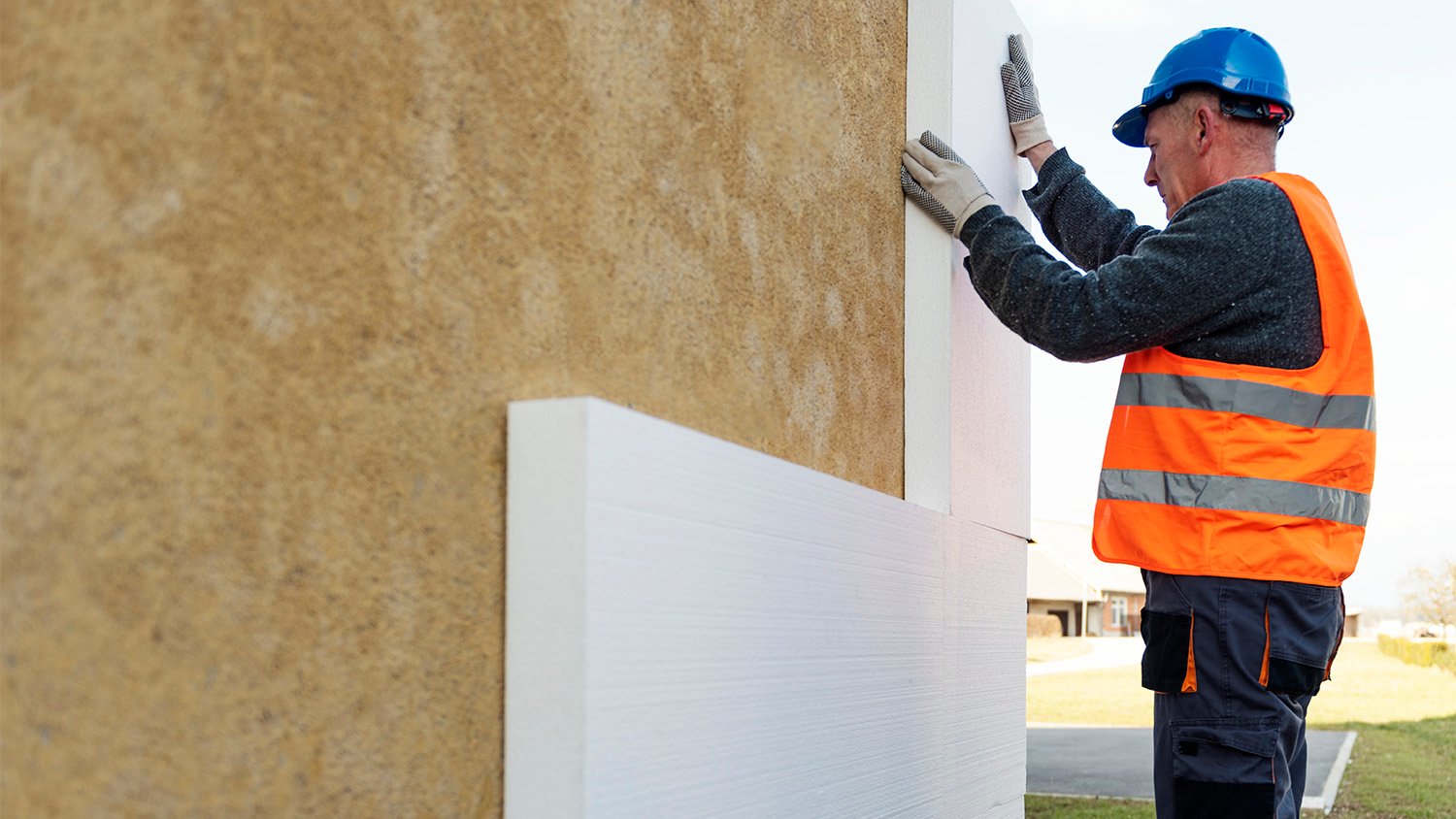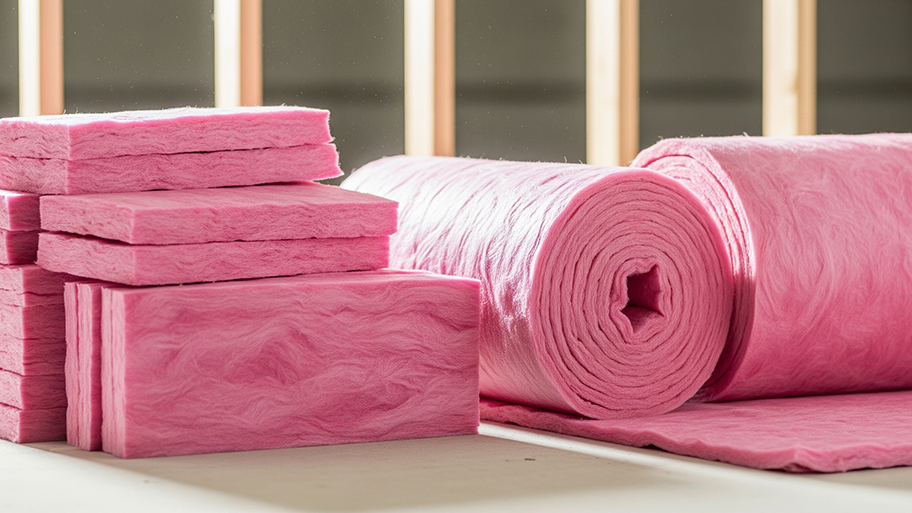
Insulating your attic can massively improve your home’s efficiency and reduce electric bills. Use this guide to find out what attic insulation will cost you.
Cut energy cost by 20% with exterior foundation insulation


Exterior foundation insulation is an option during the construction process.
There is a foundation insulation material for every foundation type.
Exterior foundation insulation provides thermal comfort.
Insulation helps to prevent moisture damage to the foundation.
If you're in the middle of planning or building your new home, be sure to install exterior foundation insulation. Exterior foundation insulation is often overlooked, but it’s something that contractors usually install during construction. It helps reduce heat costs, increase comfort, reduce potential condensation, and improve structural durability.
While interior insulation is easier and more cost-effective for many homeowners, exterior insulation often occurs when the house is constructed. Both interior and exterior insulation work together for optimum energy efficiency.
The basement is one of the most important areas of your home to insulate properly. It’s often the most musty-smelling, draftiest room in the house, but it doesn’t have to be.

The goal of basement insulation is to control the temperature and keep mold and mildew at bay.
The most popular basement insulation products aren’t always the best in many cases. But understanding basement insulation options is important, so you get the most out of them.
The best foundation insulation materials and placements vary by location and climate, so hire an insulation professional if you’re planning a new home.
Installing exterior foam insulation is one of the most effective ways to reduce foundation energy loss and protect against moisture problems.
Styrofoam is made of millions of small air bubbles trapped inside the sheet. Since air isn’t a good conductor of heat, styrofoam reduces conduction and convection.
A layer of styrofoam insulation outside a poured foundation is a smart move. It keeps the wall warm, reducing the potential for condensation and protecting the waterproof membrane from damage.
Installing exterior insulation during the construction process is much easier. However, construction details vary depending on the location and climate zone, so it’s best to consult a building professional in your area.
Crawl space is insulated using exterior foam insulation. The best approach is to insulate the foundation walls rather than insulate the floor. This will insulate piping and ductwork and protect them against freezing. In this case, you need to ensure that the crawlspace is airtight to reduce moisture entering the crawlspace from the ground.
If foam insulation is used, it extends from the top of the foundation to the top of the footing. Fiberglass batts or a foam-in-place product make great choices to fill the rim joist cavity.
Above-grade exterior insulation, such as foam, needs a protective shield from water, snow, and other environmental elements.
Materials that can be used to protect the foam above grade include:
Waterproofing bituminous (sprayed, troweled, or rolled)
Peel-and-stick composite membranes
Reinforced polyethylene
Stucco
Flexible metal and plastic
Flashing materials such as galvanized steel or aluminum
Vertical vinyl siding
Cement board
Aluminum coil or metal stock
Fiberglass panels
Spray foam is the best way to insulate any gaps. It can fill in all the spaces and connections thoroughly, even in a finished basement.
Injecting foam will create excellent moisture resistance. It can fill cavities and seal gaps between walls and floors, the crevices left open on walls, and any nooks and crannies that will stop any air movement. Make sure you do not spray foam on wood surfaces, as it can create mold and wood dry rot.
Although it’s an expensive option, you’ll save money on energy bills and any damage control caused by mold and mildew.
A properly insulated foundation can save you money on heating and provide a comfortable living space.
Adding insulation to the exterior of the foundation will do the following:
Provide long-term thermal performance and reduce heating costs
Provide compressive strength to resist soil and hydrostatic pressures
Reduce energy loss between ground and concrete
Increase the comfort of the floor surface
Prevent moisture problems, insect infestation, and radon infiltration.
Reduce the potential for condensation and moisture damage
Keep below-grade rooms livable and more comfortable
Now that you know all the benefits of exterior foundation insulation, contact an insulation company in your area for a quote.
From average costs to expert advice, get all the answers you need to get your job done.

Insulating your attic can massively improve your home’s efficiency and reduce electric bills. Use this guide to find out what attic insulation will cost you.

Crawl space insulation costs vary by size, insulation type, and material. Read this guide to learn how much your crawl space insulation could cost.

Trying to calculate how much spray foam insulation costs? Our in-depth guide breaks down pricing by type, amount, and where you install it.

If your home’s temperature is uncomfortable or your energy bill is spiking, you should check your insulation. We'll help you find out if you should replace it.

How much blown-in insulation do I need? Requirements vary by location and material choice. Learn how to estimate your needs for blown-in insulation.

EPS versus XPS insulation—if you're going the foam board insulation route, which one is right for you? Learn the difference and how to choose.